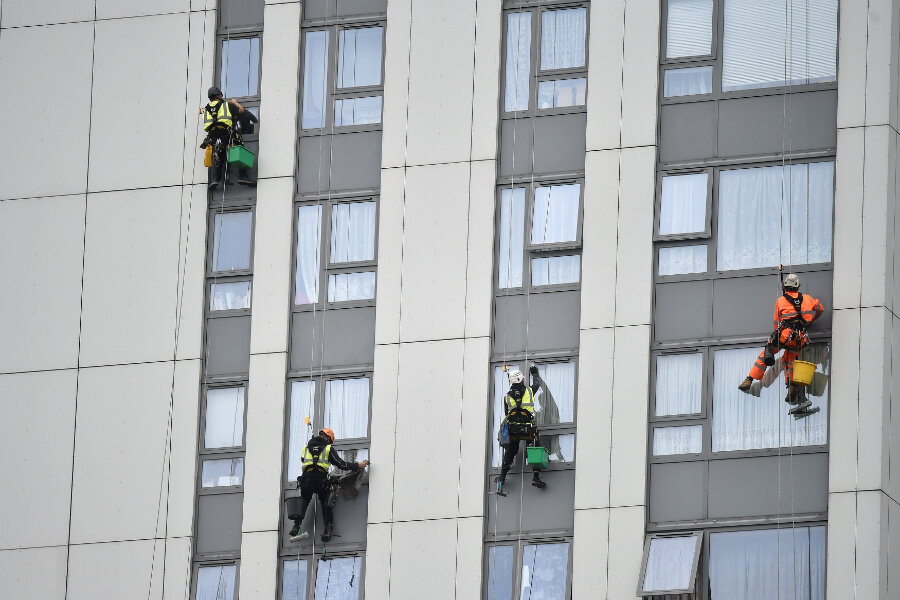After London fire, hundreds of tower blocks tested for flammable cladding
Loading...
| London
The government is urgently conducting safety checks on an estimated 600 high-rise buildings in England which have exterior cladding panels after at least 79 people died when fire consumed a London tower block last week, officials said on Thursday.
Cladding, added during a refurbishment of Grenfell Tower, may have played a part in the June 14 disaster when flames sped through the 24-story residential building, trapping people inside, residents have said.
The blaze in the London borough of Kensington and Chelsea, Britain's worst since World War II, has heaped pressure on Prime Minister Theresa May, already fighting for her political survival after her party lost its parliamentary majority in a snap election.
The Grenfell tragedy has acted as a focal point for anger at local authority funding cuts. There have been accusations of criminal negligence and, if more buildings are deemed unsafe, the government faces the task of rehoming people within existing social housing facililities which are stretched.
"The estimate provided to us by councils is that there are approximately 600 high-rise buildings with similar cladding," Ms. May's spokeswoman told reporters. Government had no estimates yet for Scotland, Wales, or Northern Ireland, she said.
Cladding panels are often added to the exterior of buildings to insulate them and, particularly in the case of aging tower blocks, to improve their external appearance. The panels vary in terms of their fire resistance depending on their intended use.
"In terms of the people who are living in those buildings, we will do a further test to make sure the buildings are safe – obviously nobody will be living in buildings that are unsafe," May's spokeswoman said, adding that people would be rehoused if necessary.
A spokesman for the communities and local government department, the office in charge of testing the buildings, later said that the 600 figure was an estimate of how many had any form of cladding and not an indication of how many would eventually be found to be dangerous.
Earlier May announced that cladding used on some buildings had been found to be combustible. Her spokeswoman said three had tested as combustible.
"[We] should of course be careful on speculating what caused this fire, but as a precaution the government has arranged to test cladding on all relevant tower blocks," May told Parliament.
"I was informed that a number of these tests have come back as combustible."
She said local authorities and fire services were taking steps to make affected buildings safe and to inform residents.
May has launched a public inquiry into the fire and police have announced a criminal investigation. Tests on the cladding of Grenfell Tower would be made public in the next 48 hours, she said.
Removal works
Leaders of the council in another London borough, Camden, said it would remove external cladding panels from five tower blocks on a local estate after finding they were not to the standard it had commissioned.
The council said it was informing the contractor which installed the cladding, made up of aluminum panels with a polyethylene core, that it was taking urgent legal advice.
It said that until the panels had all been removed, there would be round-the-clock fire safety patrols on the estate.
"This has been a wake-up call for the whole country," said Jeremy Corbyn, leader of the opposition Labour Party.
"Residents of tower blocks all over the country are concerned, worried and frightened for their own safety. What we need is a step change in our attitude towards housing in this country."
After apologizing for a slow state response to the fire, May said it was right that Nicholas Holgate, chief executive of Kensington and Chelsea council, had resigned. He said he was forced out by the government.







